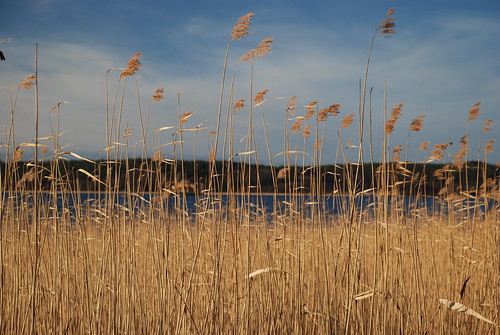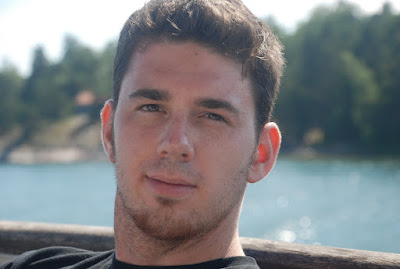Tall Ships in Stockholm
The Tall ships race came to Stockholm this year. I went a little wild with the camera: I managed to pick 70-something photos from over 200. Click here to see them and notice how the weather changed.
The last time the race stopped in Stockholm was in 2000 (and I happened to be in Stockholm at the time). They race in the Baltic every four years.
This year there are 119 ships moored at the Stockholm quays. The Tall Ships races have been going on since 1956. Part of the mission is to engage youth in cultural exchange, teach seamanship and pass on maritime traditions. Half the crew must be between the ages of 15 and 25. The fleet will be moored for four days during which almost a million visitors are expected.
What is a tall ship? Well from what I can tell the signature of a tall ship is tall masts with horizontally secured sails (square-rigged). Wikipedia tells more plus it gives a complete list of all the world's tall ships and pictures and facts about most of them. I was on the Norwegian Statsraad Lehmkuhl, for example. Although these ships can sail into the wind, they cannot do it as well as the newer sailboats with the sails secured vertically. The reason is that most of the propulsion of the sail is from the wing-effect. It's easier to get the wing effect with vertically mounted sails.
One of the brochures at the exhibition indicated seven types of tall ships: the full-rigged ship identified by at least three masts and is square rigged, the barque recognized by three or more masts and square rigging except for the fore-and-aft rigging, the brig which has two square rigged masts, the barquentine which has three or more masts all fore-and-aft rigged except the foremast which is entirely square rigged, the brigantine sporting a square rigged foremast and fore-and-aft rigged main mast, the topsail schooner having two or more masts with a square rigged foremast, and a schooner which has two or more fore-and-aft rigged masts.
I think Pirates of the Caribbean was a full-rigged or barque.
What's a Cutty Sark? What's a clipper ship? How to they fit in? From what I glean from Wikipedia, the Cutty Sark is a clipper ship. Clipper ships are tall ships mostly made in Britain and the US in the 19'th century. Clipper ships are a category of tall ships.
Sailing boats get even more complicated. There are sloops (like the John B the Beach Boys sing about), cutters, and many more. This web site has a short summary.

























